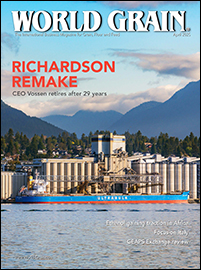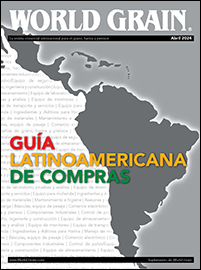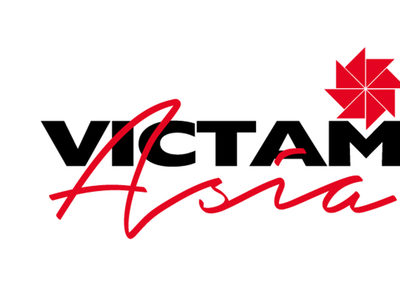Since then, Swystun has learned not only how to say quinoa correctly but also how to combat the bugs and weeds that can reduce yield in the specialty crop. He is part of an effort to increase North American supply of quinoa, historically a South American crop, as demand soars for the gluten-free ancient grain in such items as salads, bars and snacks.
The Northern Quinoa Production Corp. (NorQuin), a specialty grain and food processing company based in Saskatoon, works with growers like Swystun. Denver, Colorado, U.S.-based Ardent Mills, which held a farm tour on Aug. 22 that featured Swystun’s crop, has contracted with more than 100 growers through its Great Plains Quinoa program.
NorQuin, a vertically integrated company from field to fork, was incorporated in 1994. NorQuin now contracts with farmers to grow quinoa on thousands of acres in the Canadian provinces of Alberta, Saskatchewan and Manitoba. The cool and dry climate of northern Saskatchewan in particular has similarities to the climate in South American regions where quinoa is grown, according to NorQuin.
NorQuin has developed a golden variety of quinoa suited for the weather in the Canadian prairies. The golden variety offers 6 grams of protein per 45-gram serving and contains all nine essential amino acids. It has a sweet, nutty flavor.
Swystun said he decided to replace wheat with quinoa on his land in Saskatchewan after wheat prices dropped below $6 per bushel. Quinoa is a high-risk, high-reward crop, he said. It is more sensitive than wheat and may need more spraying for bugs. Crop conditions may change over a 24-hour period, he said.
Swystun has had success. Last year he achieved yields of about 2,200 pounds per acre. He rotates barley, quinoa and pea crops. Swystun also grows canola, but he does not rotate canola and quinoa in the same fields.
Ardent Mills provided a boost to Swystun and other Canadian growers this year when it launched Great Plains Quinoa in March. The growers’ network is designed to bring the transparency, scale and quality needed to support mainstream quinoa growth in retail and food service in the United States and Canada. Great Plains Quinoa from Ardent Mills includes seeds, whole grain flour, flakes, crisps, custom multigrain blends and mixes.
The high-amylopectin starch in quinoa binds well, said Tim Howdeshell, product development scientist for Ardent Mills. The nutty, roasted taste of quinoa crisps would work well in yogurt flippers that feature two compartments. The quinoa crisps in one compartment could flip into the yogurt in the other compartment.
Several restaurants in Saskatoon are using the locally grown quinoa in menu items like salads, side dishes and appetizers. Quinoa could work in individually quick frozen (I.Q.F.) food and frozen food in restaurants for prepared meals and side dishes, Howdeshell said. Veggie burgers are another possibility.








